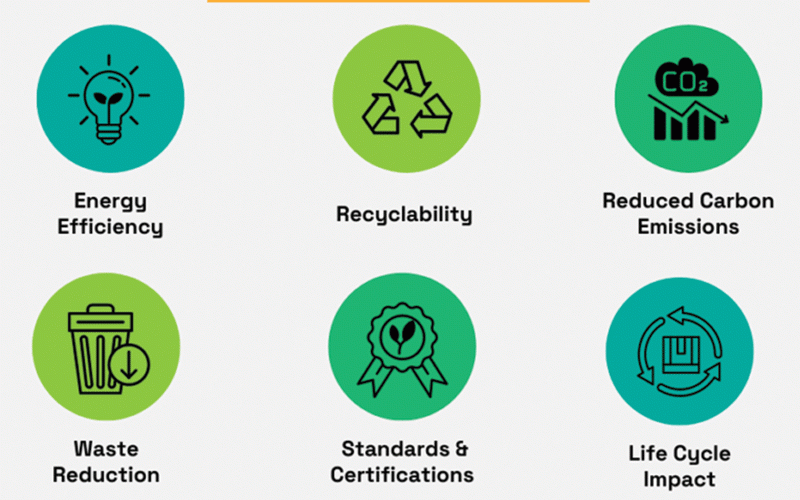
“SHOULD we ban artificial intelligence (AI) in our education ecosystem?” It is a question that has begun to echo in classrooms, homes and WhatsApp groups across Zimbabwe.
Parents, teachers and guardians are understandably anxious. They remember calculators that once threatened arithmetic, and the internet that once promised distraction.
Now, artificial intelligence appears to offer shortcuts so powerful that the very act of learning itself seems at risk. Yet banning is a blunt instrument.
A more useful response is to teach children how to use AI so that it amplifies learning rather than replace it.
The distinction is simple but profound: AI can explain, but it cannot replace the mental work that builds understanding. It can provide clarity, but it cannot do the heavy lifting of thinking.
If we want our young people to thrive in the era of AI, we must guide them to use it as a study companion, not a substitute.
AI as a study buddy
Imagine a teenager in Harare, Mutare, Bulawayo or anywhere in Zimbabwe preparing for “O” Level history. Instead of scrolling endlessly through TikTok summaries or copying notes from a friend, she asks an AI to explain the causes of the Second Chimurenga in plain language.
- Time running out for SA-based Zimbos
- More woes for suspended Cottco boss
- Sally Mugabe renal unit disappears
- Epworth eyes town status
Keep Reading
The AI produces a neat summary. That is useful, but the real learning begins when she closes the screen and writes her own version in her exercise book.
By doing so, she forces her brain to form connections, to recall, to structure ideas. This sequence, ask, test, produce, is the mental workout that builds long-term understanding.
AI can also generate short quizzes, suggest study schedules, or break down complex chapters into digestible sections. But the learner must still solve problems unaided, write notes in their own words, and practise recall.
Without that discipline, the machine becomes a crutch, and the student’s intellectual muscles weaken.
Research from universities abroad shows that students, who lean too heavily on AI often struggle when the support is removed.
Performance falls unless learners have been trained to self-regulate and to use the tool productively.
Practical routines for Zim learners
Practical routines matter. A student in Harare might be taught to ask the AI for an explanation of quadratic equations, then to close the laptop and write a one-paragraph summary from memory.
Next, he/she could request three practice questions, attempt them without assistance, and only then compare his/her answers.
For essays, AI might generate an outline, but the student must draft the paragraphs themselves and cite sources they have actually read.
For revision, AI can create flashcards, but the learner should shuffle and test those cards aloud, perhaps with a sibling or friend.
These rituals preserve the “mental workout” of learning while making the process faster and more focused.
They also restore a sense of agency. The student is not passively consuming machine-generated text; he/she is actively shaping their own understanding.
Ethical and methodological guides
Around the world, universities and student groups are producing guides on how to use AI responsibly. They emphasise transparency, prompt design and the difference between assistance and authorship.
These are practical rules that help learners use AI without cheating.
They recommend acknowledging AI use where appropriate and designing assignments that reward original thinking rather than mere reproduction.
Zimbabwean institutions will need to develop their own versions of these guides. Our context is unique: limited access to devices, patchy internet connectivity, and a strong tradition of oral teaching.
But the principles remain the same. Students must learn to distinguish between asking AI for support and outsourcing their work entirely.
Teachers must design tasks that require personal reflection, contextual examples and critical analysis, things AI cannot easily fake.
Recognising limits and risks
We must also be candid about limits and risks. AI can be confidently wrong. It can oversimplify complex chapters. It can encourage surface learning if used as a shortcut.
To manage this, learners must be taught verification. Cross-check AI answers against textbooks, lecture notes or trusted sources. Treat AI suggestions as hypotheses to be tested, not gospel.
Encourage reading longer, coherent sources for deep topics. AI is useful for summaries, but sustained understanding still comes from books, guided study and discussion.
A student preparing for “A” Level literature cannot rely on AI summaries of Nervous Conditions alone; she must read the novel, grapple with its themes, and discuss them with peers and teachers.
AI can provide scaffolding, but the structure must be built by human effort.
The Zimbabwean context
In Zimbabwe, the debate about AI in education is sharpened by our realities. Many schools still struggle with basic resources. Teachers are overburdened, classes are large, and textbooks are scarce.
In such contexts, AI can be a powerful ally. A rural student with a cheap smartphone can access explanations that would otherwise require a private tutor. A teacher in Gweru can use AI to generate practice questions for a crowded classroom.
But the temptation to let AI do the work is strong. Parents must therefore insist on balance.
Encourage children to use AI for clarity and practice, but demand that they still write, summarise and solve problems themselves.
Remind them that writing, note-taking and summarising are not chores; they are mental workouts that create the internal “map” of how ideas connect. They are what eventually allow someone to create new knowledge, not just consume it.
In the end, we must aim higher than mere competence. If we want young Zimbabweans to be creators rather than consumers of technology, they must learn the hard thinking that underpins innovation.
Operating AI tools is not enough. The top tier, the people who build the AI, not just use it, are those who have mastered the basics of reasoning, writing and problemsolving.
Use AI to accelerate practice, to expose gaps, and to personalise revision. But insist on the discipline of doing the work. In that way, a student who studies AI will not be someone who merely operates tools, but someone who understands them well enough to build the next generation of ideas.
The conversation about AI in education should not be framed in panic. It should be framed as an opportunity.
Just as calculators did not destroy mathematics but changed how it was taught, and just as the internet did not end reading but expanded access, AI will not end learning. It will change it.
Our task is to ensure that change strengthens rather than weakens the intellectual muscles of our young people. So, don’t ban AI. Teach it. Use it as a study companion, not a substitute.
Guide young learners to ask, test and then do the hard thinking themselves. In doing so, we will prepare a generation that is not only literate in the tools of the future but capable of shaping that future with originality and depth.
Sagomba is a chartered marketer, policy researcher, AI governance and policy consultant, ethics of war and peace research consultant. — Email: [email protected]. LinkedIn: @Dr. Evans Sagomba Dr. Evans Sagomba (MSc Marketing)(FCIM )(MPhil) (PhD) X: @esagomba.











